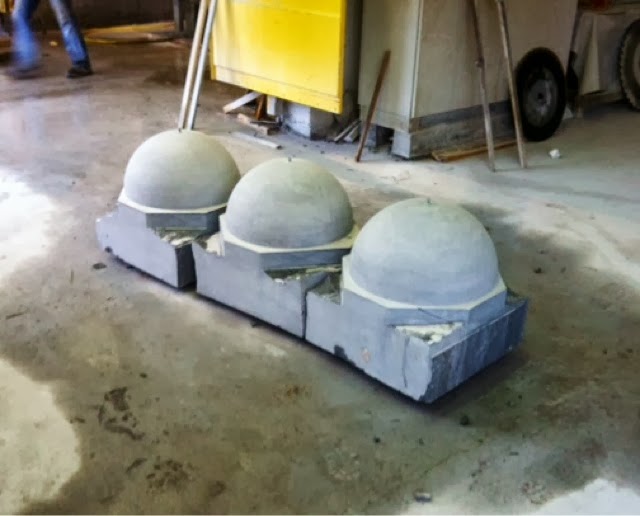I had the pleasure of inviting my local primary school headmaster from Barming out to my workshop to have a look at
what I’ve been up to since starting the Cobtree Project. Robin Halls is a Head Master and is also a
very keen photographer who last January set himself a task of taking a
portrait every day for a year. He has called this body of work ‘The 365
Portrait Project’. I can recall speaking with Robin probably 11 months ago
about his work and how challenging his project sounded due to his busy
commitments as a Head Teacher. Of course, I was more than happy to invite him
out to the workshop when he expressed an interest in photographing portraits of
artist’s to add variety to the theme of individual portraits. On previous occasions
before when I have had portraits taken I am normally unrecognisable. My face is
obscuered with a dust mask, ear defenders and a hat, just the way I like it!!
However, as it was early in the morning and I had yet to get togged up with mask
and grinder Robin was able to catch me dust free and content. You can check
out more of Robin’s photos and follow his last few weeks of portraits by
clicking the link below. You might even be surprised and see someone you know!!


























 Designs and concepts of the four new sculptures on the right with an artist impression of the new visitor centre on the left.
Designs and concepts of the four new sculptures on the right with an artist impression of the new visitor centre on the left.

